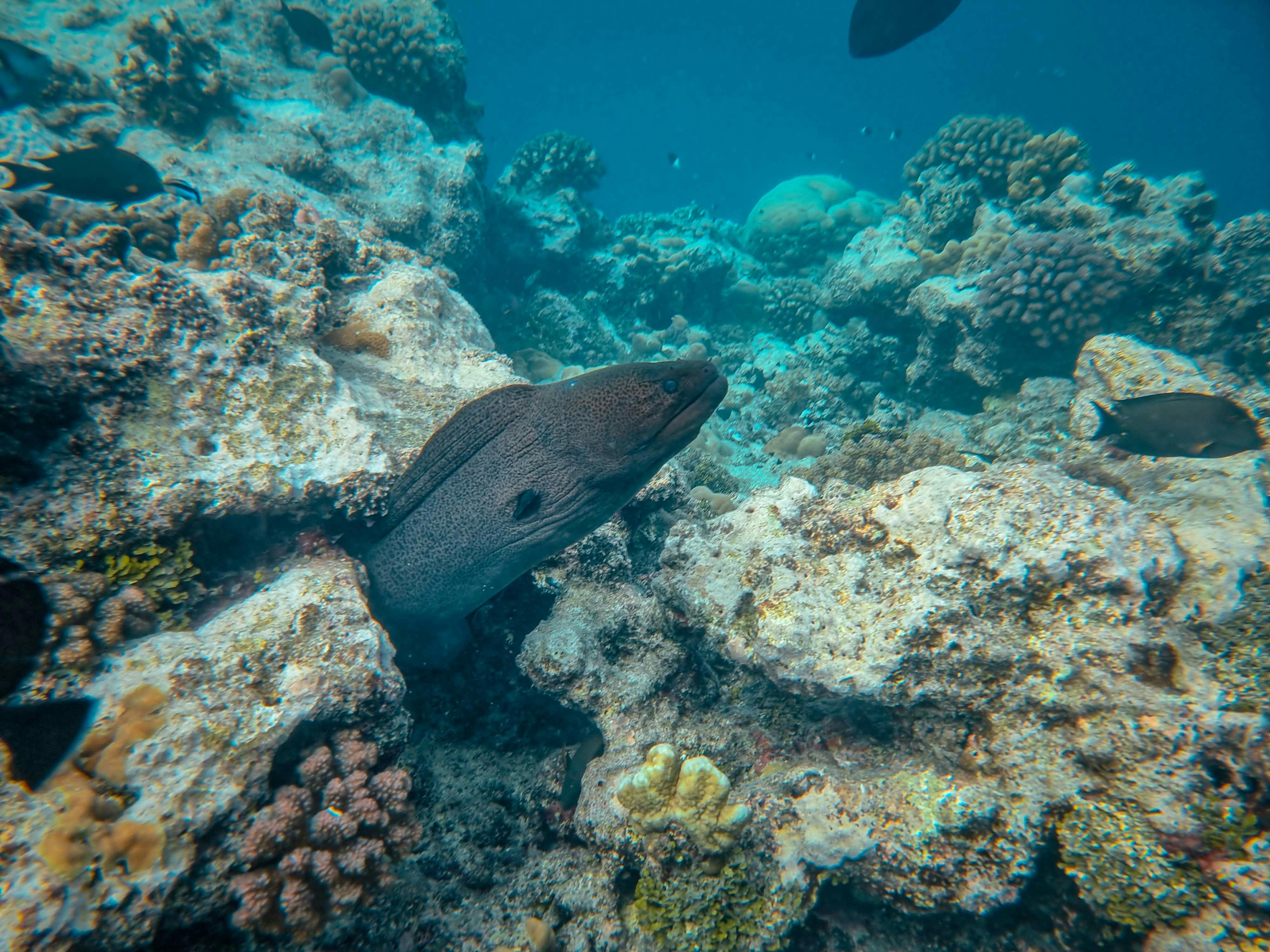Morphometric Traits and Growth Dynamics of Upstream-migrating Anguilla bicolor bicolor Elvers in North-Central Sri Lanka
DOI:
https://doi.org/10.59120/drj.v16i3.424Keywords:
Catadromous fish, condition factor , eels, isometric growth, morphometric measurementsAbstract
The external morphology, morphometric characteristics, length-weight relationship (LWR), and Fulton’s condition factor (K) of Anguilla bicolor bicolor elvers were examined. The LWR of the elvers, collected from the Mahavilachchiya reservoir of the Modaragam Aru River basin, Rajanganaya and Kalawewa reservoirs, and Kala Oya estuary of the Kala Oya River basin in Sri Lanka, was analyzed using the log-transformed power equation. A total of 83 elvers were collected from all locations, with the highest number (n=74) obtained from the Mahavilachchiya reservoir during the Northeast monsoon. The mean total length and body weight (± SD) of elvers in the Mahavilachchiya reservoir were 14.6 cm ± 0.5 and 4.48 ± 0.52 g. A strong positive correlation was observed between Log10 (L) and Log10 (W) of elvers (r = 0.98). LWR of the elvers was expressed as . K varied from 0.07 to 0.15, with a mean value of 0.11. Mean K values of elvers belonging to 0-10 cm, 10-20 cm, and 20-30 cm length groups were 0.11, 0.11, and 0.13, respectively, confirming that K increases significantly with elver growth, which may be attributed to differences in food and behaviour (feeding and migration), warranting further investigations. Although the condition factor increased with the elvers’ size, the b-value of the length-weight relationship (3.03) did not significantly deviate (p>0.05) from 3, indicating that elvers exhibit isometric growth. The study provides baseline data for developing an elver fishery in dry-zone reservoirs after conducting a stock assessment of the elvers inhabiting the study river basins in Sri Lanka.
Downloads

Downloads
Published
Issue
Section
License
Copyright (c) 2025 B.D.M. Mihiran, K.H.M. Ashoka Deepananda, P.R.T. Cumaranatunga

This work is licensed under a Creative Commons Attribution-NonCommercial 4.0 International License.
DRJ is an open-access journal and the article's license is CC-BY-NC. This license allows others to distribute, remix, tweak, and build on the author's work, as long as they give credit to the original work. Authors retain the copyright and grant the journal/publisher non-exclusive publishing rights with the work simultaneously licensed under a https://creativecommons.org/licenses/by-nc/4.0/.





